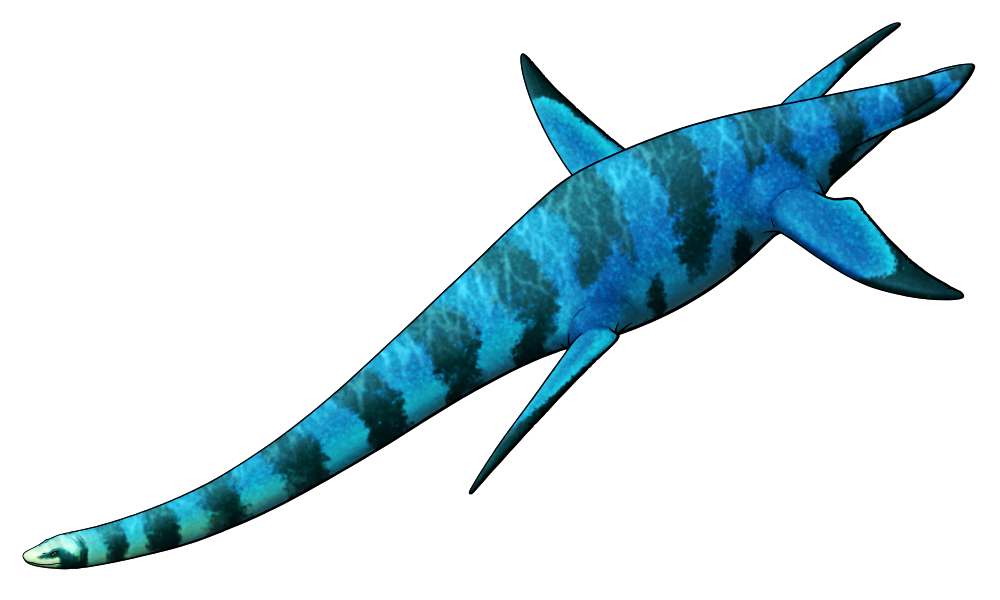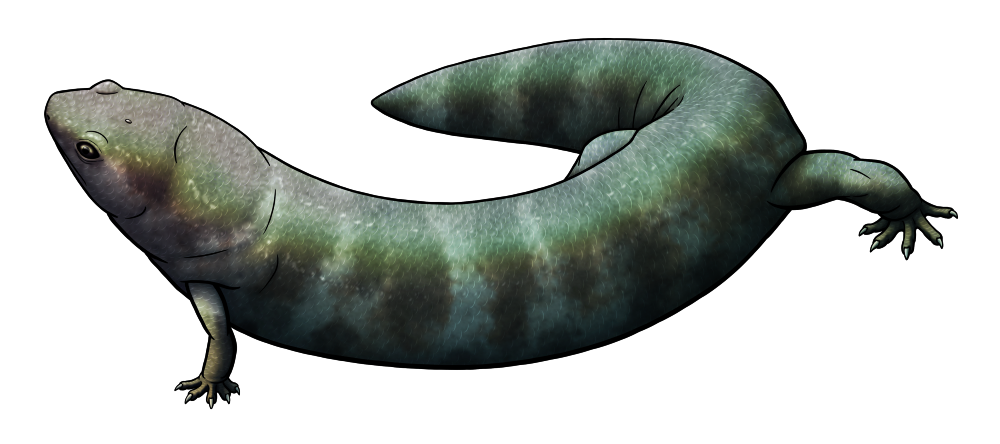Onychophorans, or “velvet worms”, are a small phylum of terrestrial worm-like panarthropods found in the tropics and temperate regions of the Southern Hemisphere, with around 200 known modern species. Resembling caterpillars, they have tubular segmented bodies, stubby clawed legs, and the unique ability to shoot jets of immobilizing glue-like slime at their prey.
It’s not clear when exactly in their evolutionary history velvet worms shifted from marine to living fully on land, but the oldest terrestrial onychophoran fossils come from the Carboniferous (~300 million years ago). And much like their cousins the tardigrades the ancestry of this group seems to trace all the way back to somewhere in the “evolutionary grade” of Cambrian lobopodians.
Continue reading “Cambrian Explosion #38: Phylum Onychophora”


